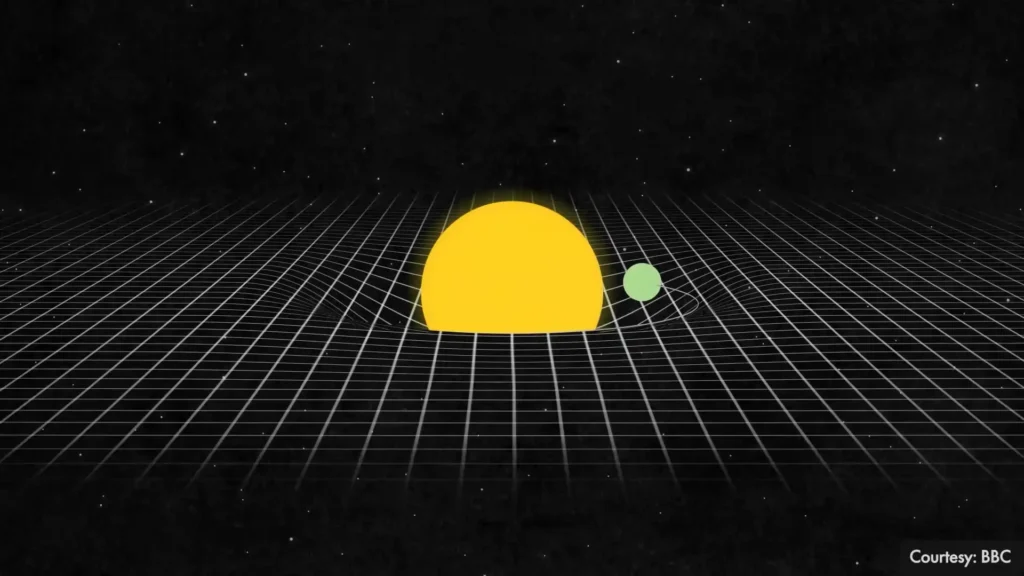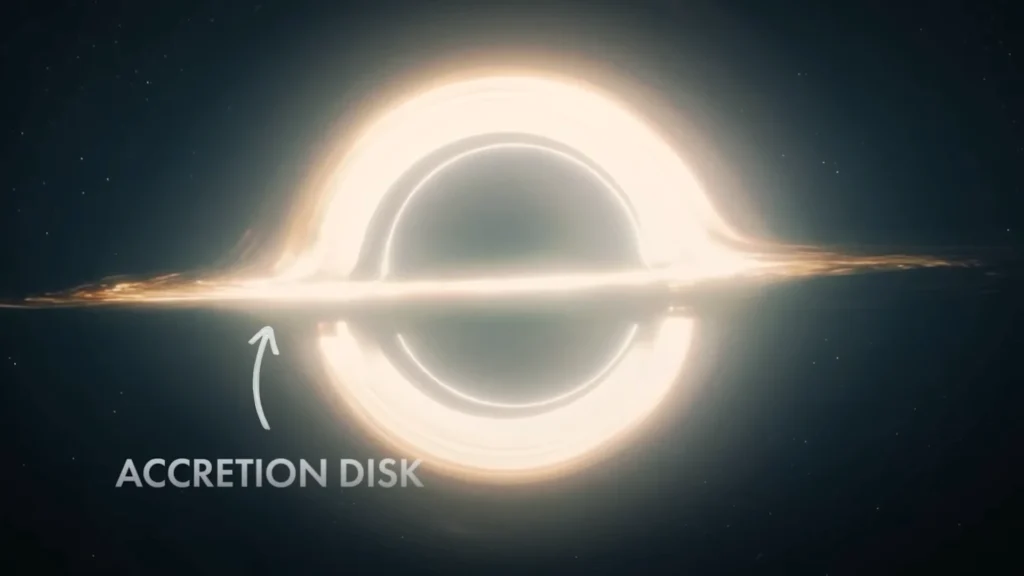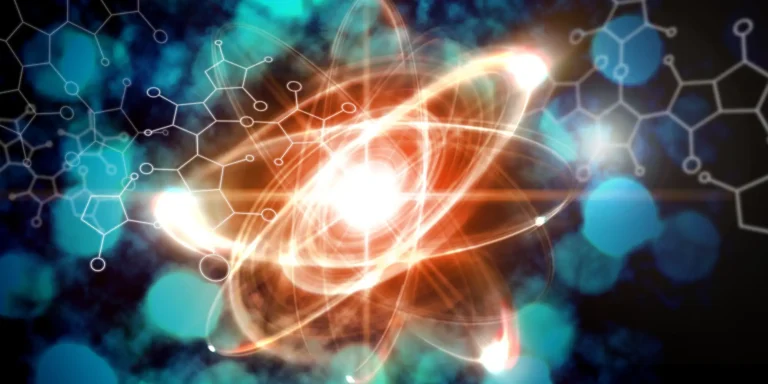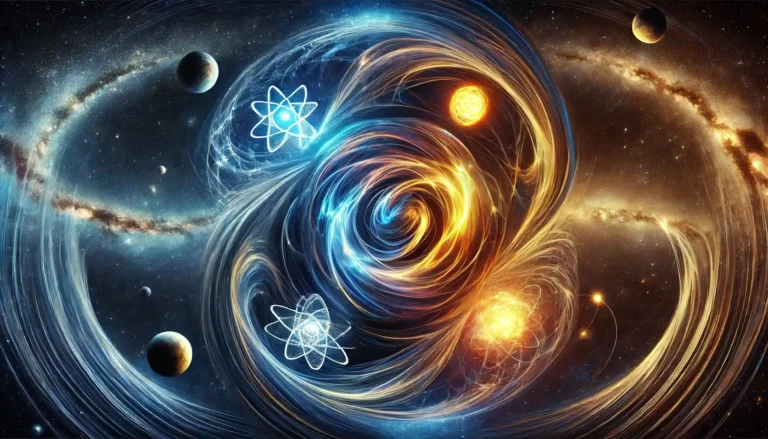Black Hole
Understanding Black Holes: A Journey Through Einstein’s Theories
Albert Einstein’s Theory of Relativity has two parts:
1) Special Theory of Relativity
2) General Theory of Relativity.
His theory later led to the discovery of black holes. In 1915, Einstein introduced the General Theory of Relativity, where he explained that as gravity increases, time slows down. This is called gravitational time dilation. We see this beautifully illustrated in Christopher Nolan’s movie “Interstellar”. In the movie, Cooper travels to a planet where one hour equals seven years on Earth. This happens because the planet is located very close to a black hole, which significantly increases its gravitational pull.

Einstein explained in his General Theory of Relativity that space can be compared to a fabric where all the planets and stars are positioned. The heavier a planet or star is, the more it bends the fabric downward.

What Exactly is a Black Hole?
Now, what exactly is a black hole? The term black hole was first coined in 1964. Many people think a black hole is an actual hole in space, but it’s not.
A black hole is formed from a star, so there must be something at its center. Let’s explore how a black hole forms.
Inside any star, nuclear fusion reactions occur, producing heat and light. These nuclear reactions create an outward force, while another force, gravitational pull, pulls inward toward the star’s center.
Throughout a star’s life, these two forces maintain balance. However, these nuclear reactions rely on hydrogen or helium gas, and these gases will eventually run out. Once they do, nuclear reactions stop, causing the outward force to cease, leaving only the gravitational pull.
This makes the star collapse in on itself, becoming much smaller but retaining its mass. After a star’s destruction, it can become either a red giant, then a planetary nebula, and finally a white dwarf if it’s small in mass. But if the star is larger, it will first become a red supergiant, then a supernova, and finally, if its core is small, it turns into a neutron star. If its core is large, it becomes a black hole. However, our Sun will never turn into a black hole.

Types of Black Holes
There are several types of black holes.
- stellar black hole : This type of black hole forms from stars. Scientists estimate that there are between 10 million and 1 billion black holes in our Milky Way galaxy.
- primordial black hole : This type is as tiny as an atom but has the mass of a large mountain. However, these types of black holes are theoretical and hypothetical.
- supermassive black hole : This type of black hole is incredibly large and thought to be a million times bigger than the Sun. Every galaxy has a supermassive black hole at its center.
The black hole at the center of our Milky Way galaxy is named “Sagittarius A”.
The black hole depicted in “Interstellar” is also a supermassive black hole “Gargantua”.

Visualizing Black Holes
Let’s dive deeper into the concept of black holes. Imagine we stretch a large fabric at its four corners and place a football in the middle. The fabric will dip slightly in the center due to the weight of the ball. The more mass the ball has, the deeper the dip. Now imagine a much larger ball in the middle. It will create a deeper depression. If the ball becomes very small but retains the same mass, the fabric will dip even more dramatically. The top of the fabric where the dip begins is often called the “mouth” of the black hole, while the deep center is called the “event horizon”.

Now, imagine placing an object in the funnel created by the ball’s mass it would inevitably fall toward the ball. The concept of a black hole is similar. Every galaxy has a supermassive black hole at its center, slowly pulling all surrounding stars and planets toward it. The closer an object gets to the black hole, the faster it moves toward it. Once something enters a black hole, it can never escape, not even light. If light enters, it can’t return because the gravitational pull is so strong.
Capturing Images of Black Holes
You might wonder, how do scientists capture images of black holes if light can’t escape? The answer lies in the gravitational pull of the black hole, which draws everything around it closer, causing objects to orbit it at incredible speeds. As these objects approach the black hole, they heat up due to friction and produce enormous amounts of heat. This creates a glowing, circular ring known as the “accretion disk”, which we can see. In *Interstellar”, this disk was shown as orange, but in reality, it emits X-rays, which are invisible to the human eye. The orange color was used to make it visible to the audience.

In 2017, scientists managed to capture the first image of a black hole. Interestingly, the black hole they photographed is farther away than our own black hole, but we cannot capture an image of ours because we are positioned sideways relative to it. More details about black holes will be shared in Part Two.

















